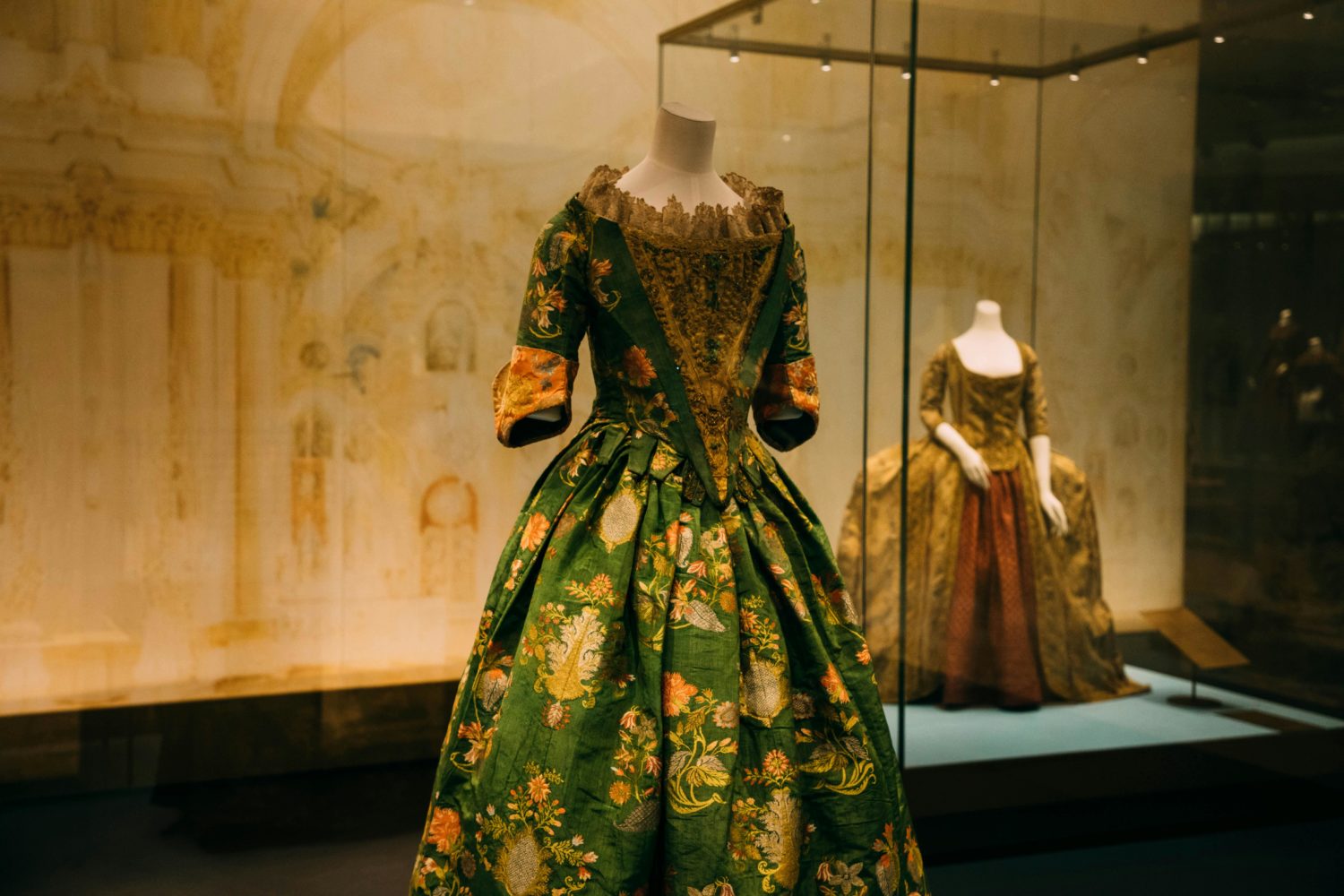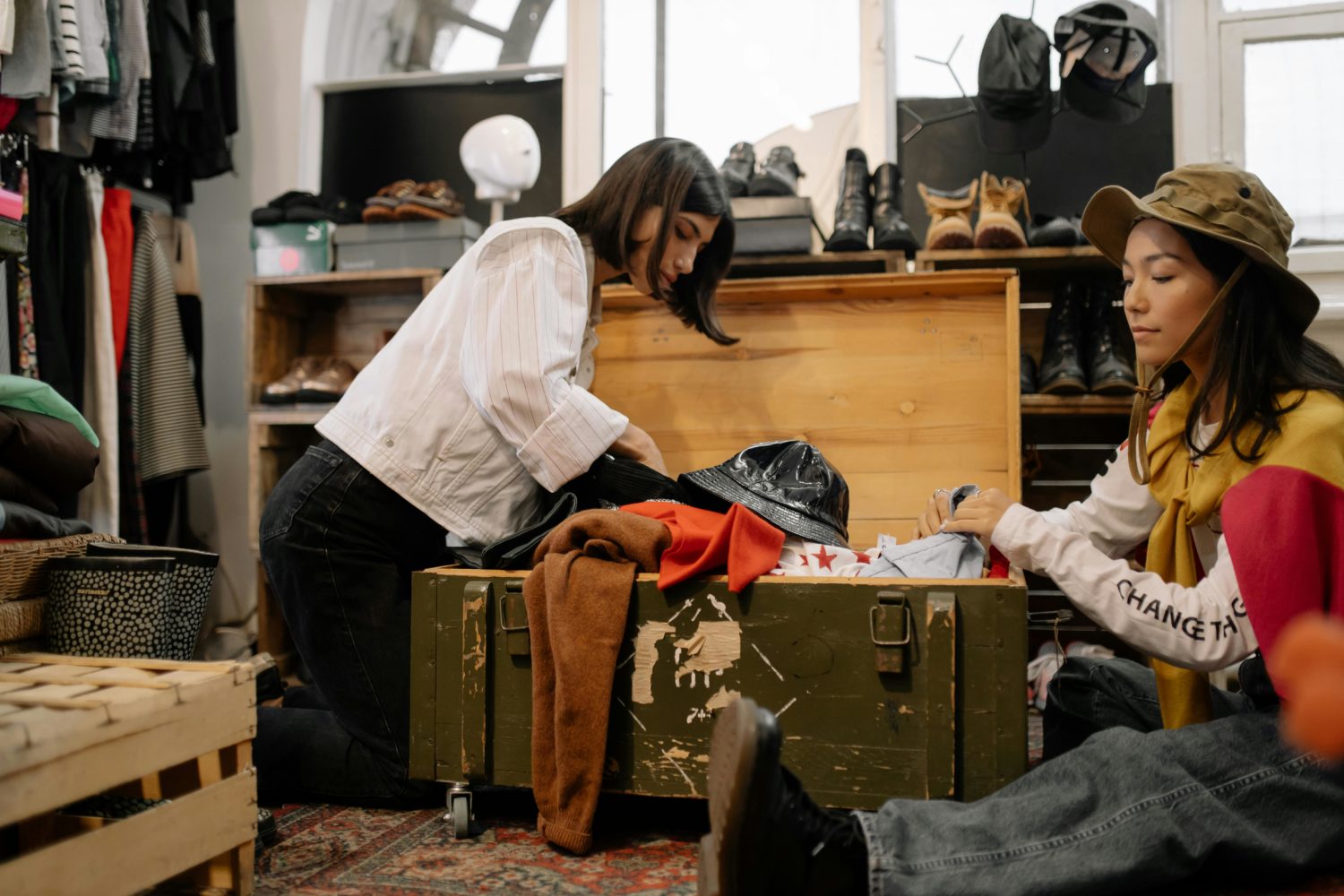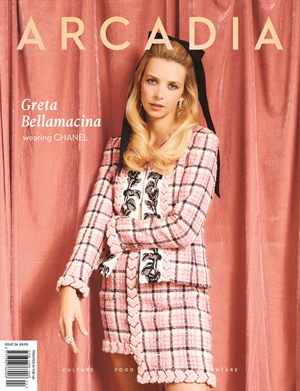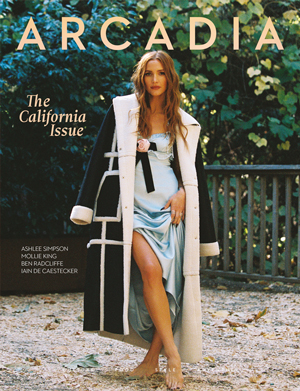
There’s something undeniably special about a vintage dress. Whether it’s a family heirloom, a once-loved thrift store find, or an antique piece with delicate lace and detailed stitching, these garments carry stories that modern clothes just don’t. But years of storage, wear, and age can take a toll. That’s where the growing movement of restorative fashion steps in, giving these dresses a fresh start while preserving their beauty.
Restoring a vintage dress is all about respecting its history while making it wearable or display-worthy once again. This article will show you how to do it right.
What Is Restorative Fashion?
Restorative fashion is the practice of repairing, reviving, and preserving older garments, especially those with historical or emotional value, so they can be worn or cherished again. Unlike fast fashion, which focuses on newness and trends, restorative fashion celebrates craftsmanship and embraces sustainability. It’s about giving vintage pieces a second life rather than letting them fade away or end up in a landfill. Be it a wedding gown or a decades-old party piece, the goal is to keep its story going while respecting the original fabric and construction.
Restorative Fashion vs. Upcycling: What’s the Difference?
Restorative fashion and upcycling often get lumped together, but they’re not the same thing.
Restorative fashion focuses on bringing a garment back to its original condition. It’s about careful cleaning, mending, and preserving the look and feel of the piece as it was originally made. You’re not trying to reinvent it—you’re honoring it.
Upcycling, on the other hand, is all about transformation. That might mean turning a vintage gown into a modern two-piece outfit, using old fabric to create something entirely new, or combining parts from several garments into one.
Both approaches promote sustainability and creativity. The difference lies in the intention. Restoration protects history, while upcycling rewrites it.
How It’s Done: Bringing a Vintage Dress Back to Life
Restoring a vintage dress isn’t about quick fixes. It’s about understanding the fabric, treating it with care, and respecting its history. Here’s a quick overview of how it’s typically done:
Start With A Fabric Check
Silk, cotton, chiffon, and lace all behave differently. Look for stains, yellowing, thinning areas, or pulled seams. Handle the dress gently and take your time with the assessment.
Clean With Care
Skip the bleach. Use cold water and a mild, fragrance-free detergent—or baby shampoo—for handwashing. For yellowing, try a baking soda soak or a touch of hydrogen peroxide. Always rinse gently and air dry flat.
Stain Treatment by Type
| Type of Stain | Treatment Method |
| Wine | A few drops of hydrogen peroxide with mild detergent. |
| Lipstick | Dab gently with a small amount of vinegar. |
| Oil-based stains | Blot with a solvent-based cleaner on a white cloth. |
| Protein-based stains (blood, sweat) | Use an enzymatic cleaner or cold water with mild detergent. |
Repair What’s Worn
Use fine needles and matching thread for stitching. Mend tears from the inside, reinforce weak spots, and gently reattach or replace missing details like lace, boning, or buttons.
Restore Softness
A diluted vinegar rinse or silk protein spray can help vintage fabrics feel like themselves again. Avoid ironing if possible—steaming is much safer.
Store It Right
Acid-free tissue, breathable bags, and cool, dry conditions are the best defense against fading and decay. Don’t use plastic. And check on the dress a few times a year to keep it in good shape. For long-term care, professional wedding dress preservation services can also help protect the garment’s look and legacy.
Where to Find Dresses Worth Restoring

You don’t have to inherit a century-old gown to take part in restorative fashion. There are plenty of places where hidden gems are just waiting for a second life.
- Family closets and attics: Start close to home. Many vintage treasures are tucked away in garment bags or storage boxes, long forgotten but full of potential. If you’re lucky, you might find a wedding dress, party gown, or cocktail piece with real sentimental value.
- Estate sales and auctions: These are goldmines for vintage fashion. Look for sales in older neighborhoods, especially those advertising clothing or textiles. Prices are often negotiable, and you’ll get to examine the garment up close before committing.
- Vintage and thrift stores: Browse with a sharp eye. Even dresses that look a little tired can often be restored. Focus on construction—solid seams, intact linings, and unique design details are good signs.
- Online marketplaces: Websites like Etsy, eBay, and specialty vintage shops regularly list dresses from the 1920s through the 1990s. Just be sure to ask sellers for extra photos of seams, fabric close-ups, and any visible flaws before buying.
- Bridal resale platforms: If you’re looking for a gown specifically, bridal resale sites are a great option. Many sellers list dresses that were only worn once and have vintage-inspired or true vintage styling.
Remember that the best dresses for restoration don’t need to be perfect. They just need a story, and enough structure left to build on. Sometimes the tiniest detail, like a sleeve style or embroidery motif, is enough to fall in love with.
Final Thoughts
Restorative fashion is a movement. It’s all about respecting the craftsmanship of the past and giving beautiful pieces a new chapter. Restoring a vintage dress takes time, patience, and care, but the results speak for themselves. This gives its story a chance to continue.
Because sometimes, a dress doesn’t need to be brand new to be stunning. It just needs a second life that makes it even more meaningful.







